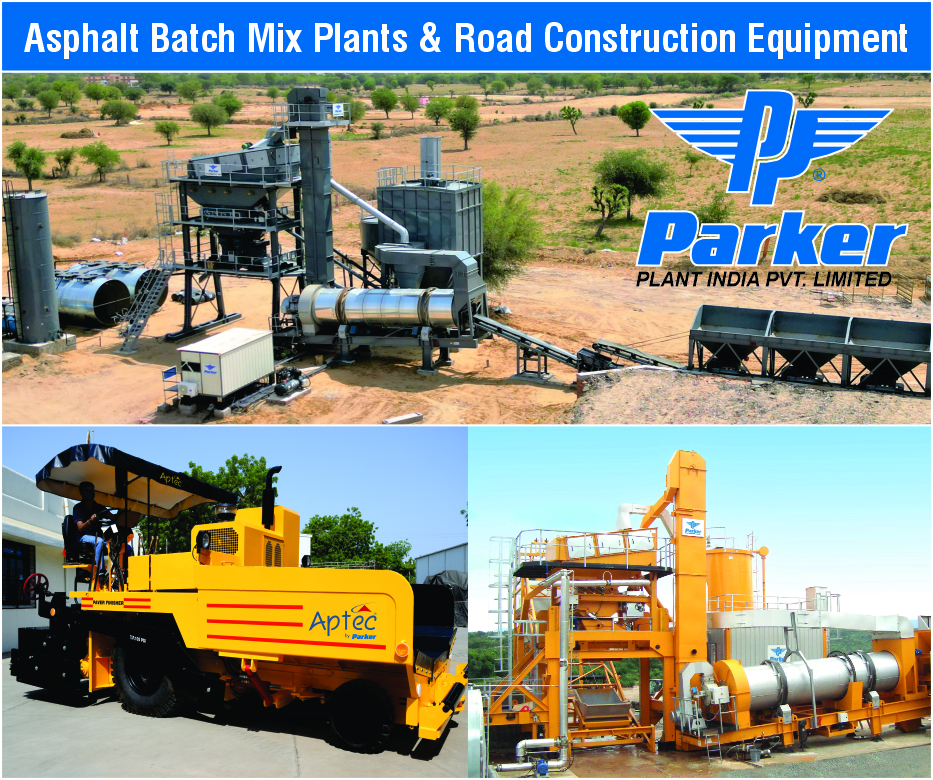The global compact construction equipment market is poised for meaningful expansion over the coming decade, with a forecast size of approximately USD 48.4 billion by 2035, up from around USD 35.6 billion in 2025.
This growth is underpinned by several converging factors — urbanisation, infrastructure growth, space-constrained construction sites and a strong push for sustainability and technological upgrade in heavy equipment.
What’s fueling the growth
1. Urban & Infrastructure Tailwinds:
As cities densify and infrastructure investment accelerates, equipment that can operate effectively in tight, urban environments is in demand. Track loaders, mini-excavators and skid-steer machines are gaining traction for their manoeuvrability and operational efficiency.
2. Sustainability & Tech Innovation:
Manufacturers are increasingly offering electric and hybrid drive compact equipment, improved telematics, automation and connectivity. These features lower emissions, reduce operating cost and enhance productivity — all key drivers in markets with stricter environmental regulations.
3. Rental & Flexible Models:
Smaller machines lower cost barriers and suit rental models, which are gaining popularity as contractors seek asset flexibility without large capital outlays.
Market segmentation & players
-
Product types: Track loaders (approx. 28 % share by product type) & excavators dominate.
-
Geographical dynamics: Asia-Pacific leads consumption, given infrastructure growth in India, China and Southeast Asia. North America and Europe also grow, boosted by urban renovation and sustainability mandates. Future Market Insights
-
Key manufacturers: Industry leaders like Caterpillar, JCB, Komatsu, Bobcat and Volvo Construction Equipment dominate about one-third of the market, with the rest more fragmented. Future Market Insights
Challenges ahead
-
Volatile raw-material costs and supply-chain constraints could squeeze margins.
-
The pace of electrification and advanced technology adoption may differ region-to-region, slowing near-term growth in some markets.
-
The forecast CAGR is modest (~3.1 % annually) — implying that expansion is steady rather than explosive. GlobeNewswire
Implications
For manufacturers and investors, this is a signal: the “compact” segment, once niche, is becoming a strategic growth frontier. As construction moves towards urban, infill, retrofit and sustainability-driven jobs, the requirements shift from mega-machinery to agile, efficient machines. Equipment companies that offer digital services, zero-emission powertrains and flexible business models stand to lead.
For contractors and rental firms, the message is clear: anticipate growing demand for machines that are right-sized, modular and tech-enabled — a far cry from one-size-fits-all heavy machinery.
Overall, while the numbers are not headline-grabbing compared with some other segments, the compact construction equipment market embodies a transformation in how construction gets done — tighter spaces, smarter machines, greener operations.







